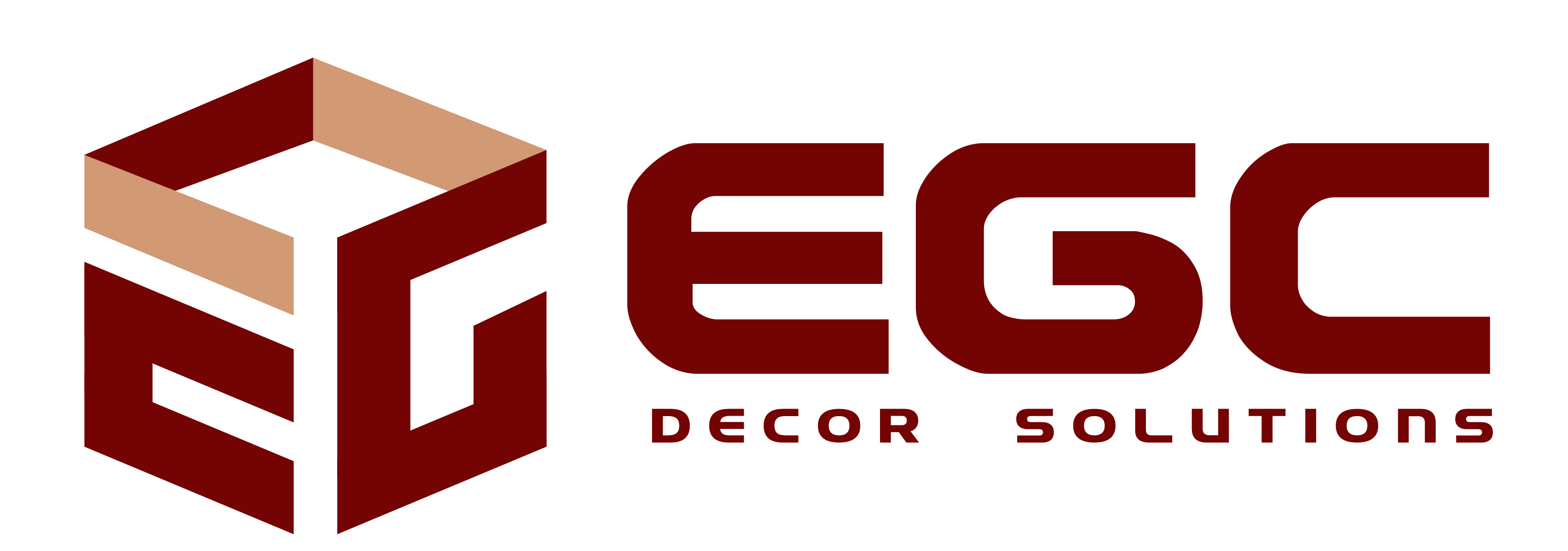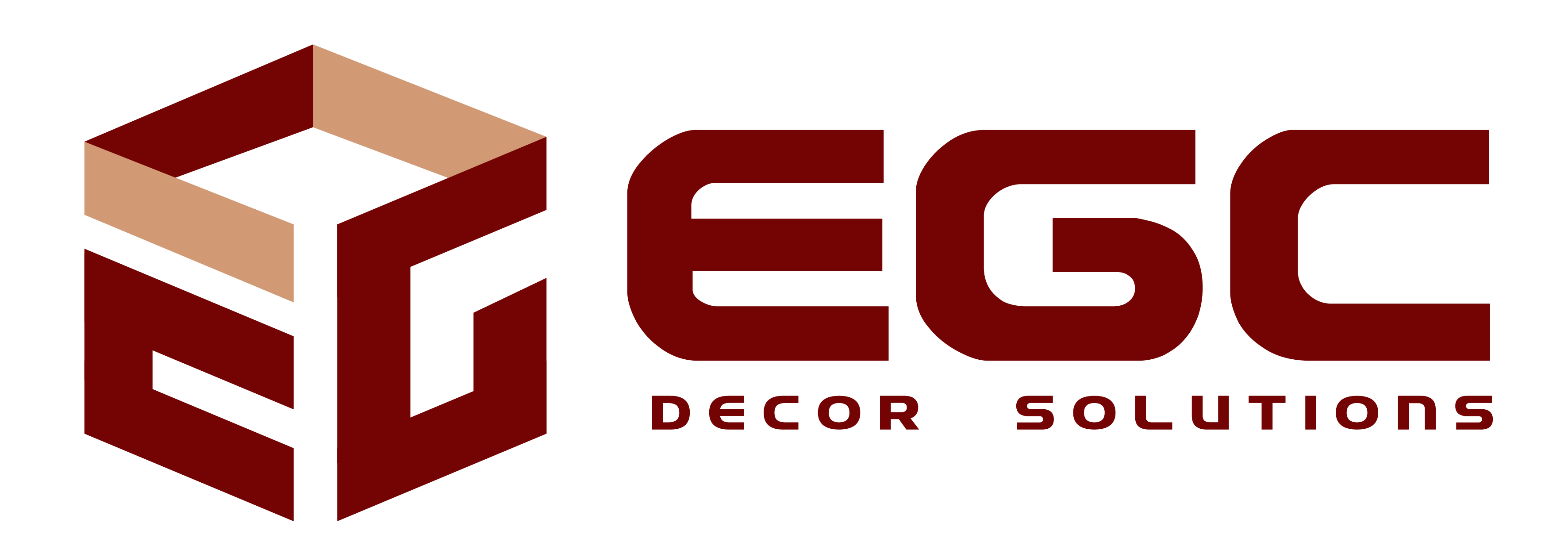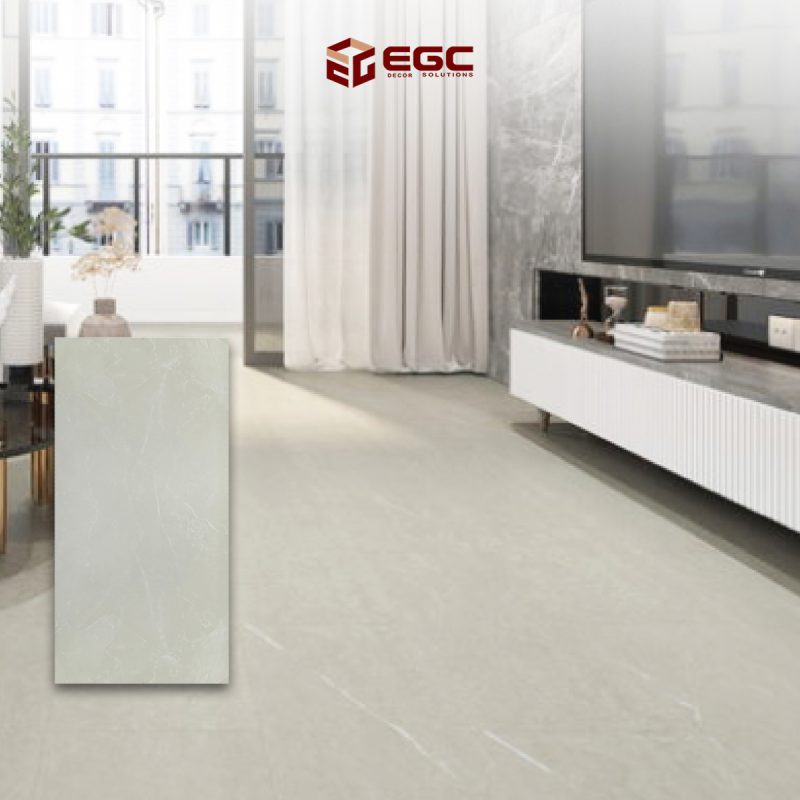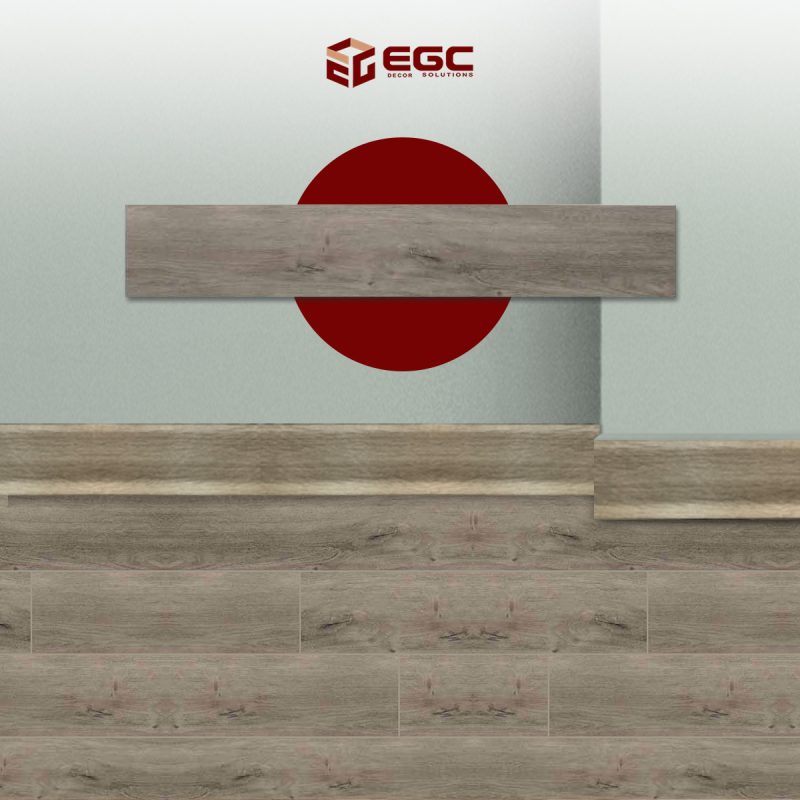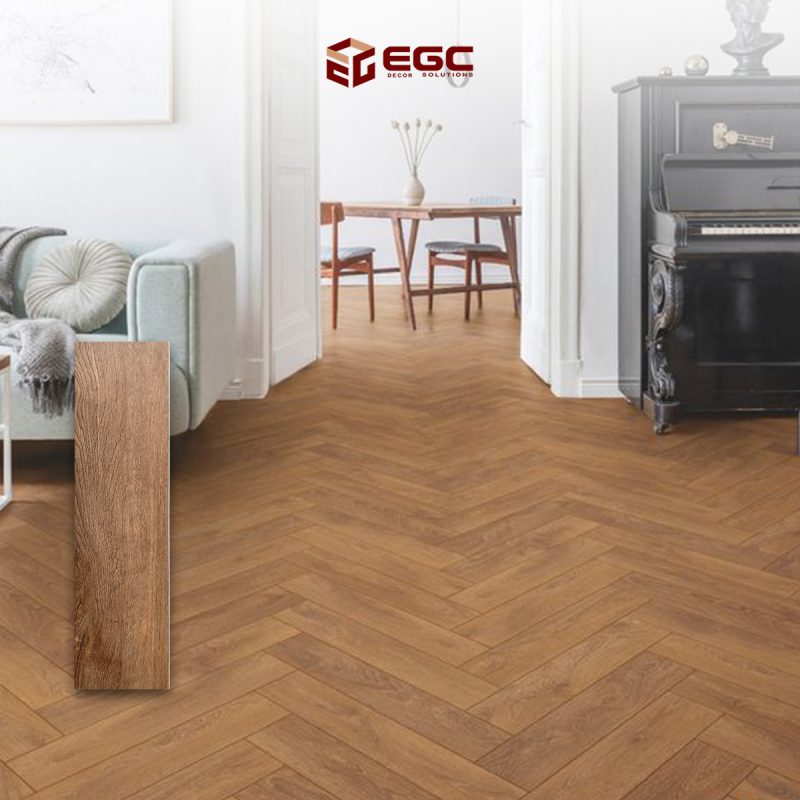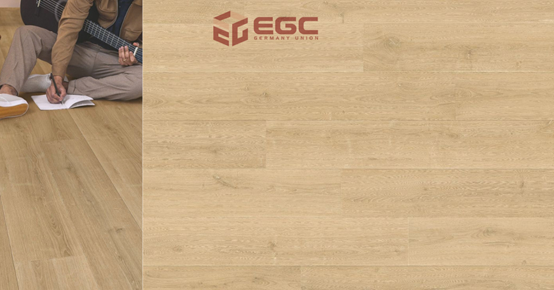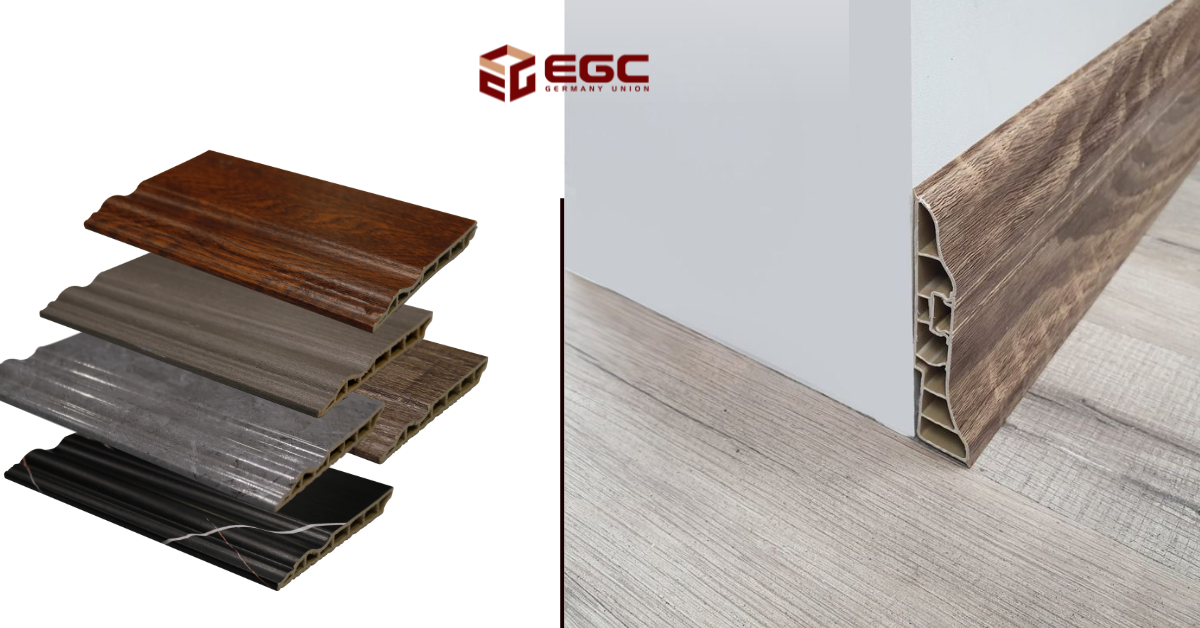Everything You Need to Know About Installing Wooden Flooring in Your Home

Everything You Need to Know About Installing Wooden Flooring in Your Home
Wooden flooring is one of the most popular types of floor designs in many homes. This industry has seen continuous development, with advances in technology helping improve products and make them more affordable. Here are some of the reasons why wooden flooring has become increasingly common and cost-effective.
Reasons for the Popularity of Wooden Flooring in Homes:
1. Technological Advancement
Wood flooring manufacturing techniques have evolved to become more efficient and cost-effective. Thanks to advanced technology, production processes are now more efficient, reducing costs.
2. Alternative Materials
Alternative materials to natural wood have been developed, such as HDF parquet, engineered wood, and wood-look vinyl. These are less expensive than traditional solid wood while still offering a natural wood appearance.
3. Market Competition
Increased competition among wood flooring manufacturers has led to better product quality and more competitive pricing, giving consumers a wider range of options to suit their budgets.
4. Sustainability Trends
Awareness of sustainability and natural resource conservation is on the rise. As demand grows for eco-friendly wood flooring, companies are offering more affordable products to meet that demand.
Steps Before Choosing Wooden Flooring:
To choose the right wood flooring for your home in terms of usage and cost, it’s important to know the three main types:
- Solid Wood Flooring
- Parquet Flooring
- Engineered HDF Wood Flooring
Solid Wood Flooring:
Traditional and high-value wood flooring made from thick wooden planks (10mm–22mm). Popular wood types include oak. These can be sanded and refinished multiple times.
Disadvantages:
- Long installation time
- High cost
- Not suitable for underfloor heating or high-moisture areas (unless dry-treated wood is used with proper insulation)
Parquet Flooring:
A more recent and popular choice that combines style with high quality at a more affordable price. It consists of multiple wood layers and can be installed using glue or interlocking systems.
Advantages:
- Aesthetic appeal similar to solid wood
- Quick installation
- More affordable than solid wood
- Moisture-resistant and suitable for underfloor heating
Disadvantages:
- Limited lifespan (up to 30 years)
- Affected by climate and environmental changes
Engineered HDF Wood Flooring:
Known as HDF wood, it’s made from compressed wood fibers mixed with resins, with printed wood grain on top.
Advantages:
- More affordable depending on quality and thickness
- More resistant to moisture, water, and scratches
- Suitable for kitchens and bathrooms
Disadvantages:
- The appearance differs from natural wood
- Lifespan is around 10 years depending on quality
Installation Methods:
There are several methods depending on the flooring type:
- Glue-down or click-lock: Used with parquet and HDF floors
- Nail-down installation: Used with solid wood flooring (requires 22mm thick planks)
In Summary:
Do your research, explore available options, and compare different products based on your needs and preferences. It’s also helpful to consult with flooring experts for tailored advice. Understanding the technical specifications and environmental compatibility of the flooring will help ensure the best results for your home.
